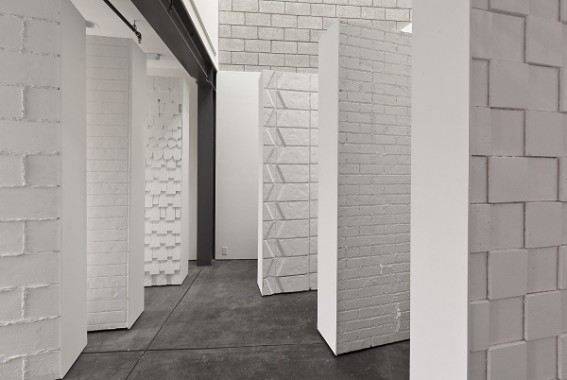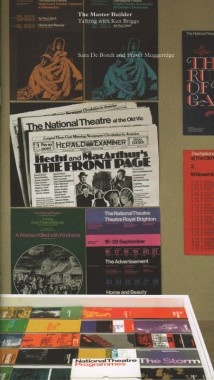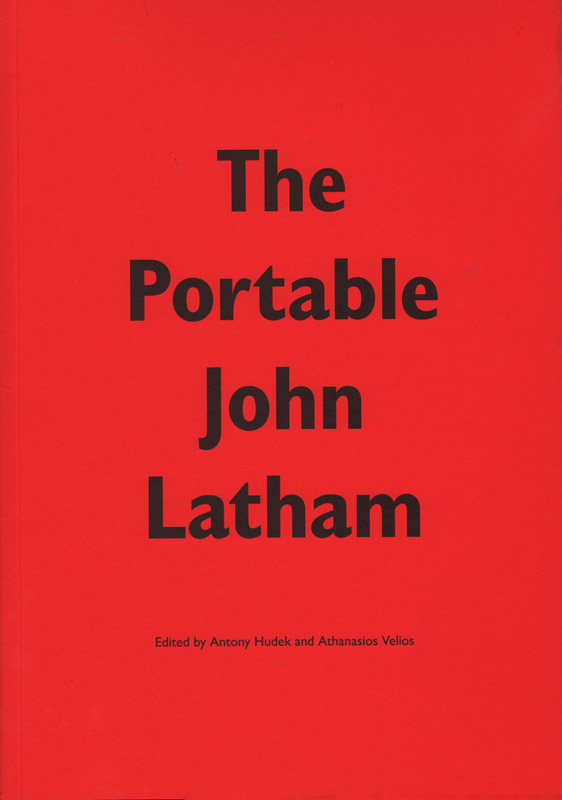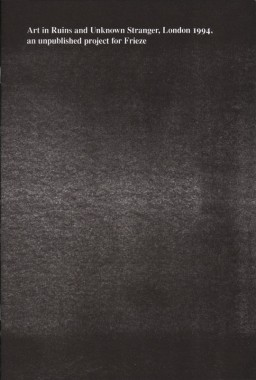Book Affair
Saturday, February 11, 2012
10am-4pm
Organized by Fiona Connor & Co.
Various Small Fires
1212-B Abbot Kinney Blvd.
Venice, CA 90291
www.vsf.la
While books will be offered for sale, the event will also be an opportunity for local publishers and artists to share titles and editions that are not always available to the Los Angeles community.
Along these lines, each participant will bring five books for either selling and/or sharing. A comprehensive bibliography with all participants and their titles will also be compiled and distributed. There will also be a xerox machine located on the premises for visitors to use.
Textfield, Inc. will display 5 books less than 10 inches, on a shelf provided by the organizers, and an Eduardo Sarabia vase/sculpture, placed on the seat of a chair/pedestal.
Book Affair will also display furniture made specifically for the event by Tahi Moore, Joshua Nathanson, Michael Ned Holte, and Fiona Connor among others.
Participants include: 2nd Cannons, A-Z video, Chinatown: the sequel, Dexter Sinister, Harsh Patel, Henry Glover, Kaleidoscope, Ooga Booga, Prism of Reality, Semiotexte, Textfield, Inc., Works Sited, and WorldFood Books.
The Master Builder
Sara De Bondt and Fraser Muggeridge, The Master Builder
Softcover, 28 pp., offset 4/4, 130 x 230 mm
Edition of 1000
ISBN 978-0-9562605-0-5
Published by Occasional Papers
$8.00 · out of stock
When asked about his structured, asymmetrical booking forms for the theatre, Briggs claims ‘I didn’t care about beauty or the lack of it. They are purely typographic,’ then goes on to explain his colour system: ‘from warm colours in winter to cool colours in summer: red, ochre, purple, bright blue and so on.’ Which is why he was known as the colourist.
The Portable John Latham
Antony Hudek and Athanasios Velios, The Portable John Latham
Softcover, 112 pp., offset 2/1, 170 x 250 mm
Edition of 1000
ISBN 978-0-9562605-5-0
Published by Occasional Papers
$22.00 ·
Edited and introduced by Antony Hudek and Athanasios Velios.
In the painting and sculpture for which he is best known, Latham’s primary materials included glass, books, canvas and the spray gun. Developing alongside this concise visual language, from the mid-1950s onwards, was a cosmological theory, formulated through his art-making discoveries, that considered time and event to be more primary than the established means of understanding, based on space and matter. Termed Time-Base Theory (sometimes Flat Time Theory or Event Theory) it offers an ordering and unification of all events in the universe, including human actions, and allows an understanding of the special status of the artist in society.
Latham looked at the way in which human knowledge has become fragmented over time; split by divergent religions, ideologies and world-views. He identified the way in which the fields of science and art, despite emerging from a common root, have become separate and operate in isolation of one another: even within a field such as physics, there exist a large number of schisms and specialisations that further fragment our knowledge and understanding of the universe. John believed that this endless division would eventually lead to a kind of entropy and from that state, to a disintegration of society.
Art in Ruins and Unknown Stranger, London 1994, an unpublished project for Frieze
Eva Weinmayr, Art in Ruins and Unknown Stranger, London 1994, an unpublished project for Frieze
Softcover, 16 pp., mimeograph/laser 1/1, 210 x 297 mm
Edition of 300
ISBN 978-0-9562605-2-9
Published by Occasional Papers and FormContent
$8.00 ·
—Eva Weinmayr



